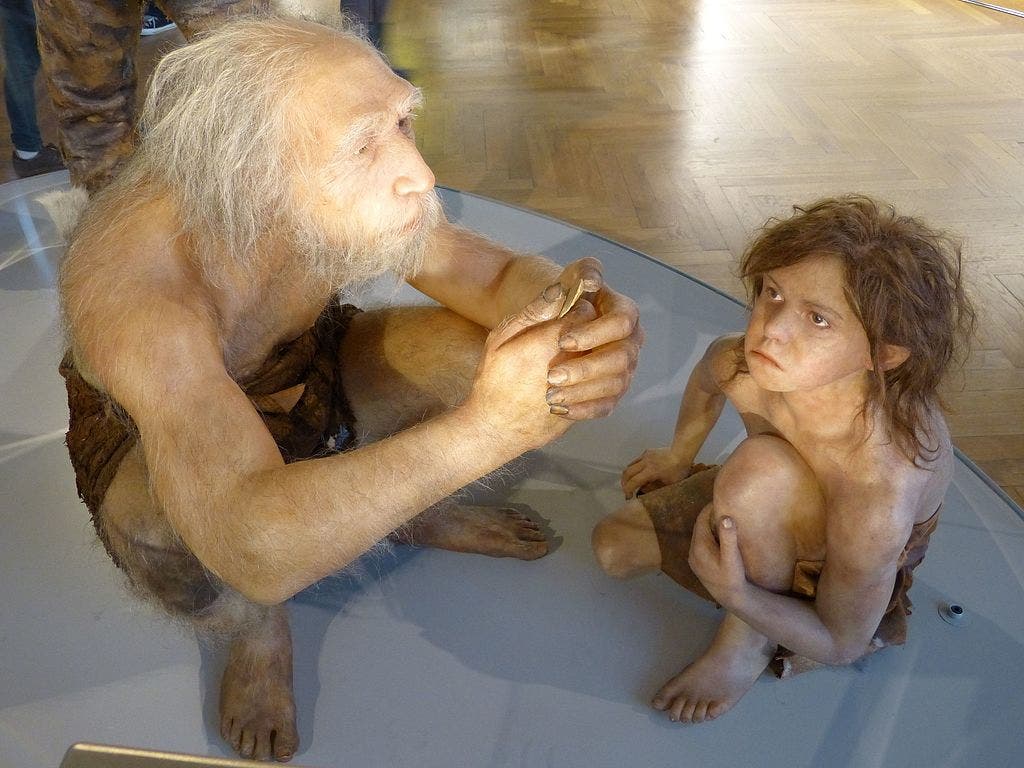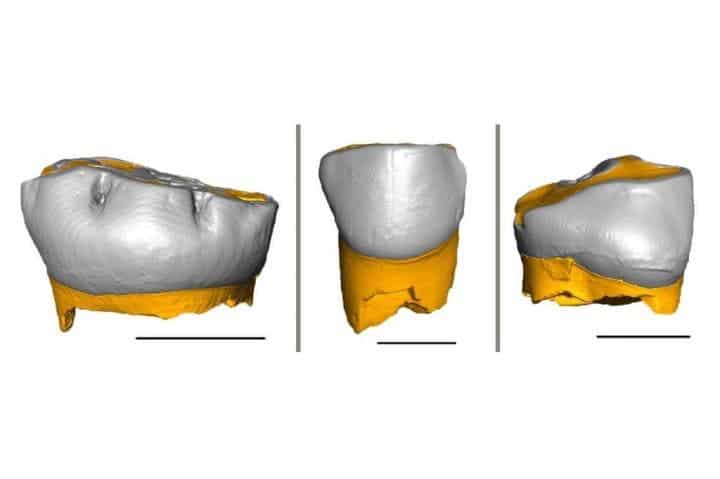
Here’s another thing where humans and Neanderthals seem to have the same: child-rearing. According to a new study conducted by an international team of researchers, Neanderthals started to wean their infants at around 6 months of age, which is also when modern humans start introducing solid food in the diets of their children.
Ancient milk teeth and Neanderthal parenting
It seems like with each new study on Neanderthals, the conceptual gaps between our close extinct relatives and Homo sapiens seem increasingly narrower. For instance, Neanderthal artifacts like eagle talon necklaces found in Spain were very similar to jewelry made by humans. Their burial practices also suggest that Neanderthals employed many cultural practices mirroring those of humans.
Now, thanks to geochemical and histological analyses of three Neanderthal milk teeth, scientists have gained new insights into Neanderthal parenting.
“How different Neanderthals are to us is a topic currently under intense debate. These ‘cousins’ of ours are important for understanding our evolution but also our future. Being able to understand Neanderthals’ natural history is one of the most stimulating intellectual challenges,” Federico Lugli and Stefano Benazzi, co-authors of the study from the University of Bologna in Italy, told ZME Science.

The teeth belonged to three different Neanderthal infants who lived between 70,000 and 45,000 years ago in northeastern Italy, a region that has always been rich in food and natural shelters like caves, making it a Neanderthal hotspot for at least 45,000 years.
Like tree rings, growth lines on teeth are deposited on a year by year and reflect the diet of the children. Using laser-mass spectrometry, the researchers measured strontium concentrations in the dental samples, which showed Neanderthals started introducing solid food in their children’s diets at around 5-6 months of age.
“Studies on Neanderthals’ early infancy are few, and they mainly deal with morphology and not with behavior. Our research sheds light on the understanding of how Neanderthal children grew up and how they were fed. Our study highlights a weaning pattern very similar to Homo sapiens and demonstrates once again how much Neanderthals are so similar and yet so different from us,” the researchers told ZME Science.
Across all human cultures, children are weaned at around 6 months of age. Around this time, mother’s milk alone is not enough to supply an infant’s calorie requirements for the growing human brain.
Neanderthal’s metabolic constraints and early development have always been a matter of contention among scholars. The new findings tip the balance of the debate towards more similarities with humans, suggesting that Neanderthal newborns probably had a similar weight to modern human babies. Neanderthal mothers may have also had a similar gestational history and development to human mothers. Previously, a study by researchers at Griffith University in Brisbane, Australia, found that Neanderthal children were fully weaned after the age of two.
“We have already started working on other archaeological contexts to broaden our knowledge of a hidden part of the fossil record, which is the little-known world of Neanderthal children and their mothers. Still, we will apply our methodologies on other fossil and even contemporary humans, actively searching for discrepancies or similarities in parental care and mother-child relationship,” the Italian researchers said.
The findings appeared in the Proceedings of the National Academy of Sciences.






